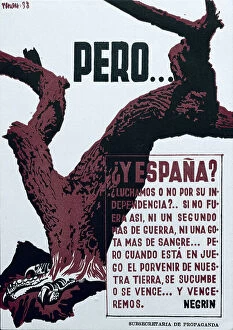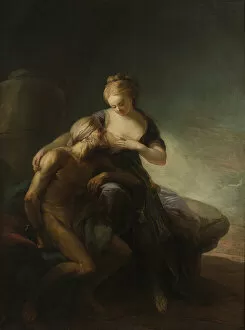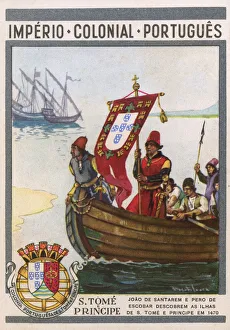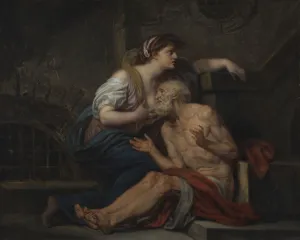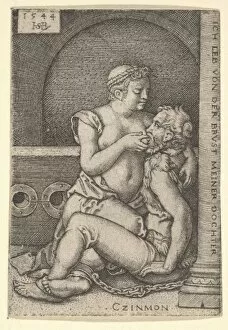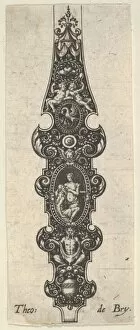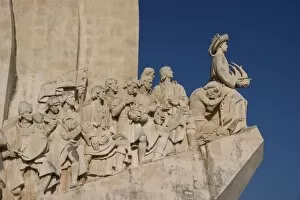Pero Collection
"Pero: A Symbol of Love, Sacrifice, and Compassion" In the historic town of Trujilo stands a magnificent statue of Pizarro
All Professionally Made to Order for Quick Shipping
"Pero: A Symbol of Love, Sacrifice, and Compassion" In the historic town of Trujilo stands a magnificent statue of Pizarro, but amidst its grandeur lies a tale that transcends time. The story takes us back to the tumultuous era of the Spanish Civil War (1936-1939), where Pero and Spain became intertwined in an unbreakable bond. Pero's name echoes through history as she embodies the essence of Roman Charity. In one rendition, we witness her nursing her father Cimon with unwavering devotion, captured in exquisite detail by Our Lady of Mercy or Seven Acts of Mercy. This act of selflessness is further immortalized in "Charity, " an oil painting on panel that evokes emotions beyond words. But it doesn't end there; Pero's legacy extends even further. In "Roman Charity: An Allegory of Love, " depicted on canvas with masterful strokes, we see love personified as Pero nourishes her starving lover Cimon from her own breast – a testament to boundless compassion. As we delve deeper into history, another image emerges - a small brown dog pushing its head under a rotting green door. It reminds us that even amid decay and despair, acts like Pero's can bring hope and salvation to those in need. The significance of this timeless tale resonates across cultures and continents. From John I, King of the Crown Castile who embraced Pero's spirit during his reign (1358-1390) to Portuguese explorers discovering Sao Tome and Principe - their journeys were guided by principles rooted in love for humanity. Centuries later, Pieter Paul Rubens immortalizes Cimon and Pero through his artistry (c. 1630). Their embrace symbolizes not only familial bonds but also serves as a reminder that true charity knows no boundaries or limitations. Pero’s story encapsulates the very essence of love, sacrifice, and compassion.



